The first eye examination is performed in the first days of a child's life in the hospital. If this does not happen, it is recommended to visit an ophthalmologist within the first month after birth (premature babies have a special schedule of examinations by a specialist).
During a standard examination using biomicroscopy of the eye, an ophthalmologist checks the condition of the eyelids and tear ducts (approximately 30% have congenital obstruction of the tear ducts, which may require special treatment), examines the conjunctiva (thin transparent tissue covering the eye from the outside), cornea and the lens. The doctor also checks for congenital anomalies (strabismus, glaucoma, cataracts, etc.) that require immediate treatment. With congenital cataracts, maximum preservation of vision is possible, but subject to surgical treatment no later than 6 months of life. The examination also includes an examination of the fundus using ophthalmoscopy - the condition of the optic nerve and blood vessels may indicate an increase in intracranial pressure, and the retina may suffer from intrauterine toxoplasmosis. Skiascopy is used to determine the refraction of the eye of newborns and children under 2-3 years of age, a method of objective examination of clinical refraction based on observing the movement of shadows obtained in the pupil area.
In the absence of any pathologies, next visit to the ophthalmological center is scheduled after 6 and 12 months. During this period, the child's eyes are actively growing, refraction is established (farsightedness, astigmatism, congenital myopia or anisometropia - "different eyes"). Conducting a skiascopy examination at this age is very important, since the quality of a child's vision in the future depends on its results. The earlier the necessary correction is prescribed, the more likely it is that the child will have normal eyesight by school, and the easier it will be for the child and the parents to undergo rehabilitation treatment if any diseases are detected. From the second month of life, it is possible to use contact correction if there is evidence for it, and from six months you can start wearing glasses.
Next, the age of 2.5 - 3 years is critical, when binocular, "three-dimensional" vision is formed. This is the age of development of friendly strabismus, and a definition of the nature of vision and the margin of accommodation is added to the standard examination. In most cases, early detection of refractive errors and the appointment of adequate correction is the prevention of strabismus development. In "irregular" children, binocular vision is formed at the usual time, and strabismus does not develop.
Further, as throughout life, an examination by an ophthalmologist should be carried out every year. At the age of 7-14, myopia may begin to develop, so timely recommendations from an ophthalmologist will help reduce the rate of vision loss. At the age of 13-20, hormonal changes and increased eye strain can manifest themselves in the form of headaches and eye pain due to uncorrected astigmatism – only an ophthalmologist can help in this situation.
This is followed by a relatively "calm" period up to 35-40 years, when all body systems work with maximum efficiency. After that, the processes of "dehydration" of tissues begin, which also affects the eyes - problems with close vision appear, the eyes begin to experience a lack of moisture, and intraocular pressure may increase.
After 55-60 years, so-called "age-related" diseases can begin to develop: retinal dystrophy, cataracts, glaucoma. And only timely detection and early prevention can guarantee the preservation of vision into old age.
A standard examination by an ophthalmologist includes:
-
Biomicroscopy.Examination of the eyelids, conjunctiva, cornea, iris, pupil and lens under a microscope. At the same time, the doctor can determine the presence of chronic inflammation, the risk of developing glaucoma or cataracts, fatigue and dry eyes.
-
Fundoscopy.Fundus examination. It can be performed using a microscope and a special lens - then, with an average pupil width, you can examine the periphery of the retina without instilling drops. A monocular or binocular ophthalmoscope can also be used. In this case, pupil-dilating drops are pre-used to visualize the peripheral parts of the retina. It is also possible to use a special device, a fundoscope, where a digital image of the fundus is stored in computer memory and can be accessed at any time. The doctor's field of vision includes the retina, its central and peripheral parts, blood vessels, and the optic nerve. During the examination, a conclusion is made about the general condition of the vascular system of the body and the degree of compensation for various diseases, as well as about the correspondence of intracranial pressure to intraocular pressure. There are minor changes in the structure of the central part of the retina, which is responsible for visual acuity, and the peripheral part, which is responsible for the integrity of the entire retina.
-
Keratorefractometry.Measuring the curvature of the cornea and refraction of the eye using a special device (it is at this stage that nearsightedness, farsightedness, and astigmatism are detected). Based on these data, you can choose glasses or contact lenses.
-
Skiascopy.A variant of refractometry performed using a retinoscope and neutralizing lenses. It is the most accurate method for determining pathologies in children.
-
Tonometry.Measurement of eye pressure. The screening test uses pneumotonometry, which determines air pressure, or transpalpebral tonometry, which determines pressure with a special device through the eyelids. For more accurate measurement of intraocular pressure, the implantation method is used, when the eye is previously "frozen" with drops and the device is placed directly on the cornea. Tonometry allows you to recognize the onset of a very serious disease – glaucoma – in the absence of any other signs of this disease.
-
Visual acuity check.According to special tables, the degree of myopia, hyperopia or astigmatism is specified. And in children, in this way, it is possible to recognize the development of amblyopia – "lazy eye" and begin timely treatment.
-
The perimeter.Examination of visual fields on a special device. It takes from 5 to 25 minutes and provides very important information about the functional state of the retina, optic nerve, visual pathways and cerebral cortex.
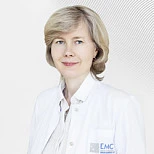





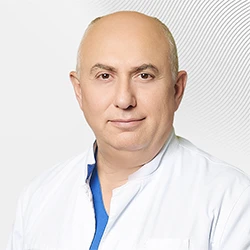
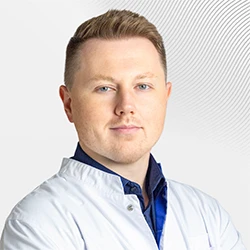
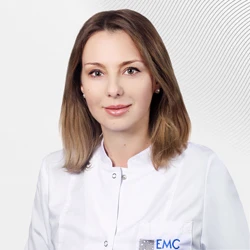

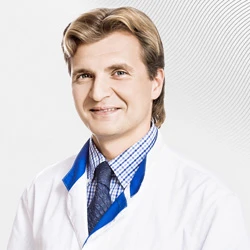
.webp)

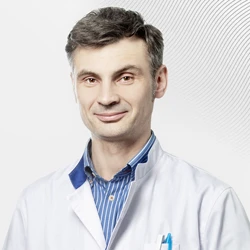
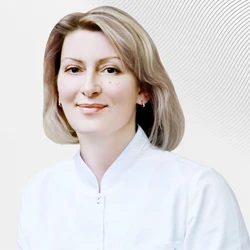
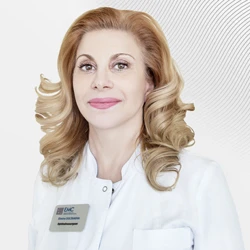
.webp)
